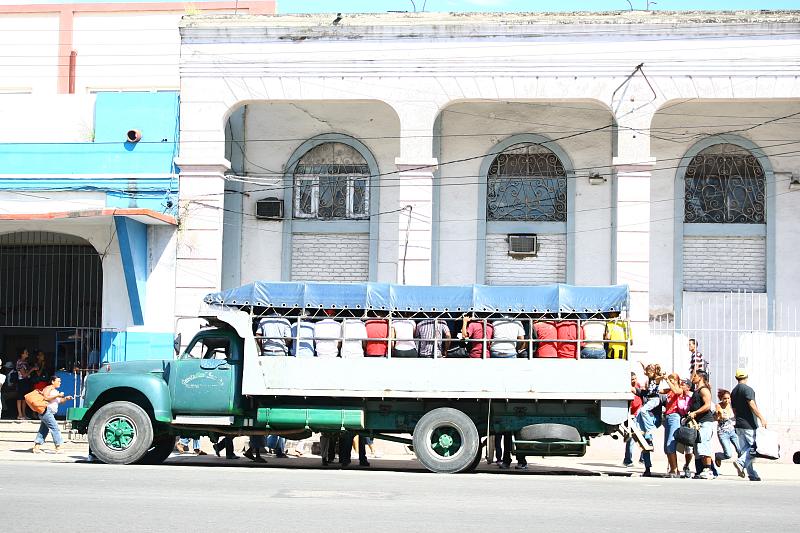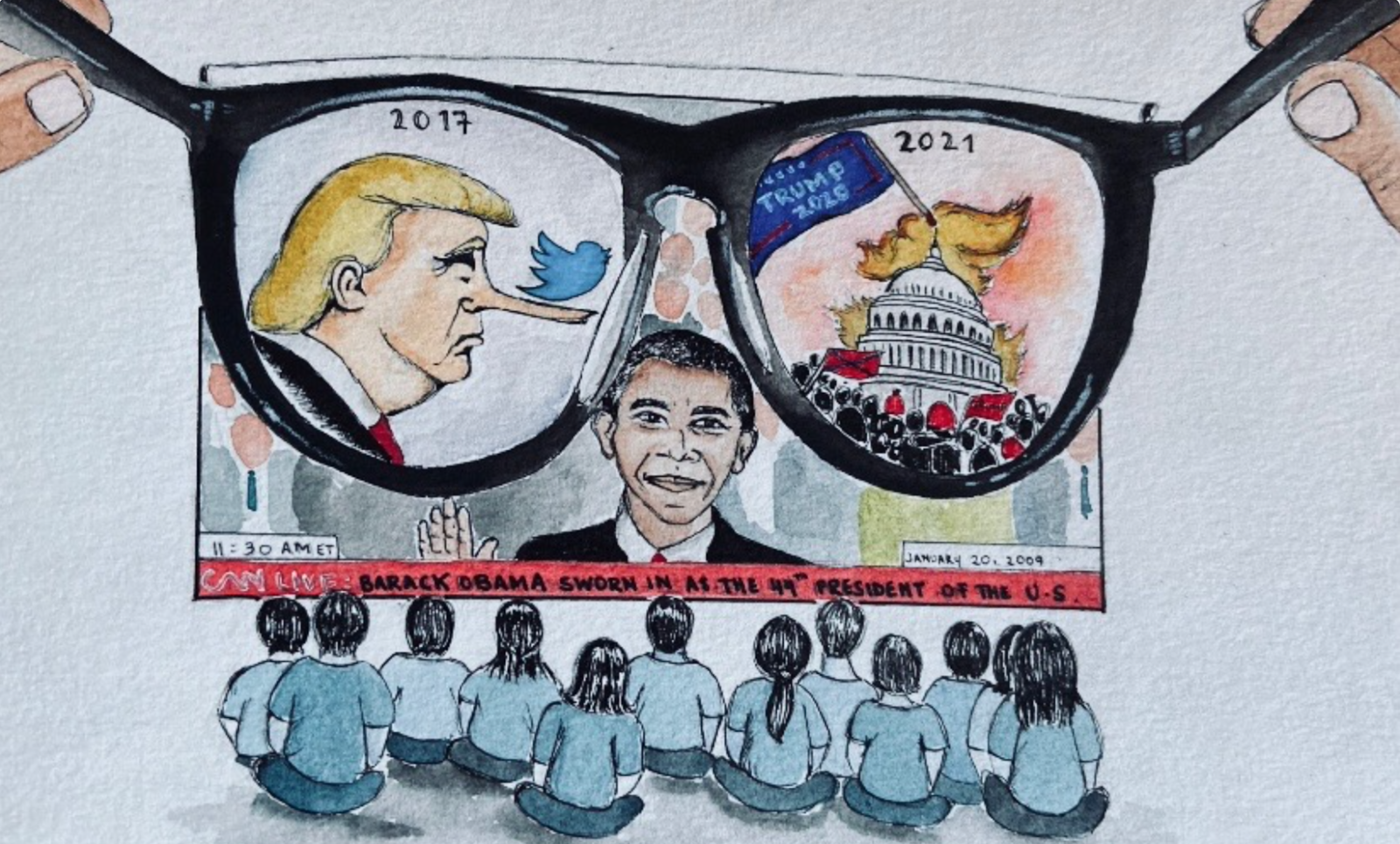While America may not have a reputation as the world’s healthiest country, both state and local governments are working towards improving the health of the populace. Initiatives such as, First Lady Michelle Obama’s Let’s Move! campaign, New York City’s ban on large sugary beverages, and the requirement of restaurants and similar establishments to provide nutritional information on the food they serve. But while the United States is taking steps to improve citizens’ physical health, the country’s overall mental health still remains in a dismal state. In order to remedy this dilemma, the United States must implement policies that support individuals seeking treatment for mental illnesses, including health insurance policies that cover mental illness treatment and the provision of paid time off. Additionally, the US must take steps toward changing general attitudes about mental illness and work to reduce the subject’s stigmatization. Expanding knowledge about mental illness, through public school health curriculums and other educational initiatives, is necessary for illuminating truths and eliminating misconceptions surrounding this often concealed issue.
Columbine and Sandy Hook; suicide; homeless street dwellers: these are the images that come to mind for some Americans when they think of mental illness. But the inadequacies of mental healthcare in America far exceed these media-commanding stories. The more prevalent, but often forgotten picture, is one in which 25% of adults — and 20% of youth — struggle with illnesses that make it difficult, if not nearly impossible, to function normally.[1]
Mental illness is defined as “a medical condition that disrupts a person’s thinking, feeling, mood, ability to relate to others, and daily functioning.”[2] A staggering 1 in 4 adults experiences some type of mental illness, categorized under the term “any mental illness” (AMI), in the U.S. each year. AMI conditions are less severe, and include anxiety, eating disorders, and attention-deficit hyperactivity disorder (ADHD). About 1 in 17 adults lives with a serious mental illness (SMI), such as schizophrenia or bipolar disorder, which are more disruptive to normal functioning.[3] Resources available in the U.S. for coping with these crippling disorders, whether they are outright overwhelming or contribute progressively to a state of mental instability, are substandard at best and lethal at worst.[4] In 2010, suicide was the tenth leading cause of death in the US, with more than 35,000 deaths. Rates of attempted suicide were alarmingly high, with “one suicide for every 25 attempted suicides” among the general population, and “approximately 100-200 attempts for every completed suicide” among people aged 15-24.[5] Less severe, but just as relevant, are the findings from a state-based Centers for Disease Control and Prevention (CDC) telephone survey of adults, which found that respondents experienced “an average of 3.4 mentally unhealthy days” in the past 30 days. Put into context, this indicates that on average, participants were not mentally sound more than 10 % of the time.[6]
Inadequacies in the mental health care system exacerbate already prevalent forms of structural violence affecting impoverished and minority Americans. Structural violence, defined by Johan Gultang as “avoidable impairment of fundamental human needs or…the impairment of human life, which lowers the actual degree to which someone is able to meet their needs” occurs due to flaws in U.S. social policy, such as in education and in health care.[7] This marginalization is also present in the context of health care, as lack of resources affects minority groups at a disproportionately high level.
The American Indian/Alaska Native (AI/AN) population serves as a representative example of the devastating effects of structural violence. The AI/AN population experiences mental illness at a higher rate than any other group, at 28.3%.[8] They also reported higher instances of childhood trauma, substance abuse, suicide, and suicidal behavior among youth.[9] The AI/AN population experiences a rate of poverty twice as high as the general American population, at 26% compared to 13%.[10] There appears to be correlation between these factors, and further examination demonstrates that the negative effects of poverty on mental health also translate to other minority groups. According to the National Alliance on Mental Illness (NAMI), “African Americans and Hispanic Americans used mental health services at about one-half the rate of whites in the past year.”[11] It is possible to draw parallels between these rates and the groups’ elevated poverty rates, with 25.8% of African Americans and 23.2% of Hispanics living below the poverty line, compared to just 11.6% of whites.[12] However, while already established forms of structural violence contribute to the discrepancies in mental health care between majority and minority groups, these care gaps also help to perpetuate the phenomenon. The causes for discrepancies in care include: different cultural interpretations of mental illness and and mistrust of treatment, a much lower distribution of mental health care workers in rural areas, and lack of knowledge about mental illness.[13] Those living in poverty are less likely to receive adequate care, and often receive worse care than their urban counterparts.[14] As mentally ill members of marginalized groups find themselves unable to access the care they need, their positions in society worsen because they often cannot acquire or hold jobs, become homeless, or turn to substance abuse in lieu of proper treatment.
Not only are the resources for mental health inadequate, the notion of mental health has a negative connotation and is often stigmatized. Those suffering from mental illness are often ashamed to seek help, reflected in the estimate that “nearly two-thirds of all people with a diagnosable mental illness do not seek treatment” due to “lack of knowledge, fear of disclosure, rejection of friends, and discrimination.”[15] Often, these individuals endure feelings of guilt and embarrassment because of social barriers erected against such issues. Additionally, severe symptoms, such as erratic behavior, when perceived as embarrassing by others may “help to further isolate patients and their families,” and diminish “their reputations and status in the community, and jeopardize their relationships with neighbors and the public.”[16]
Individuals with mental illness are subject to misguided “treatment” through incarceration, increasing the severity of the illness rather than aiding in its alleviation. According to a report by the Treatment Advocacy Center (TAC), a nonprofit that works toward eliminating mental health stigma and promoting proper mental health care, “there are 10 times more mentally ill Americans in prisons and jails than in state psychiatric hospitals” and “those individuals’ conditions often deteriorate while they are incarcerated.”[17] The report finds that mentally ill individuals who are incarcerated are often subjected to solitary confinement and attempt suicide at higher rates than other prisoners. In addition, the report notes that mentally ill prisoners tend to repeat their undesirable behaviors at higher rates than their non-mentally ill counterparts, an indication that incarcerating the mentally ill does not improve their well being and does not reduce crime in society.
Despite recent trends, there is hope for mental health in the U.S. Recent legislation, notably the Affordable Care Act (ACA) passed in 2010, helped extend provisions for mental health and substance abuse care, including the provision of free behavioral assessments for children and depression screenings for adults.[18] ACA guidelines also stipulate that insurance firms on the Health Insurance Marketplace must provide coverage for mental health and substance abuse treatment.[19] These changes improve mental health support. Prior to the ACA’s enactment, nearly one third of people “covered in the individual market [had] no coverage for substance use disorder services and nearly 20% [had] no coverage for mental health services, including outpatient therapy visits and inpatient crisis intervention and stabilization.”[20] Such progress is helpful and important, but increased measures are necessary to adequately serve the needs of those suffering from mental illness. In addition to making mental health services more affordable, the government must develop initiatives targeting populations in rural and low income communities, specifically minorities. Increases in mental health resources must also come with changes in employment policy so that it is possible for target populations to benefit from these resources. Such changes should include universal, mandatory provision of paid time off, so that people with mental illness are able to seek treatment without fear of losing their jobs. Along with provisions that address these standing issues, increased “preventative” measures need to be implemented: measures that address mental health issues before they occur. A more comprehensive view of mental illness, taught during the health curriculum of public schools, could aid in breaking the cycle of mental health stigma, and promote the decision to seek help when its is necessary. Additionally, the extension of mental health resources in schools would help to provide an outlet for young people during their developmental years, and perhaps help to reduce the negative effects of mental instability, such as suicide and self harm. An emphasis on mental health alongside physical health would help youth to develop greater understanding of mental health issues, and create a sense of safety for them to express such issues. With the application of these measures, Americans can progress toward a more mentally sound future.
Works Cited
[1] The National Alliance on Mental Illness. 2013. Mental Illness Facts And Numbers. Arlington, VA.
[2] The National Alliance on Mental Illness. 2014. ‘Mental Illnesses’. National Alliance On Mental Illness. http://www.nami.org/Template.cfm?Section=By_Illness.
[3] The National Alliance on Mental Illness, Mental Illness Facts And Numbers..
[4] The National Alliance on Mental Illness, (n.d.). Achieving the Promise: Transforming Mental Health Care in America. [online] President’s New Freedom Commission on Mental Health. Available at: http://www.nami.org/Content/NavigationMenu/Inform_Yourself/About_Public_Policy/New_Freedom_Commission/Goal_3_Disparities_in_Mental_Health_Services_Eliminated.htm [Accessed Nov. 2014].
[5] American Foundation for Suicide Prevention. 2014. ‘Key Research Findings’. American Foundation For Suicide Prevention. https://edubirdie.com/blog/student-suicide-prevention-guide.
[6] The Centers for Disease Control and Prevention, 2014. ‘Non-Specific Psychological Distress’. Centers For Disease Control And Prevention. http://www.cdc.gov/mentalhealth/data_stats/nspd.htm.
[7] Farmer, Paul E., Bruce Nizeye, Sara Stulac, and Salmaan Keshavjee. 2006. ‘Structural Violence And Clinical Medicine’. Plos Medicine 3 (10). doi:10.1371/journal.pmed.0030449.
[8] The National Alliance on Mental Illness. American Indian And Alaska Native Communities Mental Health Fact Sheet. Arlington, VA.
[9] Ibid..
[10] Ibid.
[11] The National Alliance on Mental Illness, Mental Illness Facts And Numbers.
[12] Unites States Census Bureau. 2013. Income, Poverty, And Health Insurance Coverage In The United States: 2012. Washington D.C.: U.S. Government Printing Office.
[13] The National Alliance on Mental Illness, Achieving the Promise: Transforming Mental Health Care in America.
[14] Ibid.
[15] ‘Stigma: Barrier To Mental Health Care Among Ethnic Minorities’. 2005. Issues In Mental Health Nursing 26 (10): 979-99. http://rdd.me/7xifcicf
[16] Ibid.
[17] Lewis, Renee. 2014. ‘U.S. Prisons Home To 10 Times More Mentally Ill Than State Hospitals’. Al Jazeera America. http://america.aljazeera.com/articles/2014/4/8/mental-illness-prison.html.
[18] MentalHealth.gov. 2014. ‘Health Insurance And Mental Health Services’. Accessed November. http://www.mentalhealth.gov/get-help/health-insurance/.
[19] Ibid.



